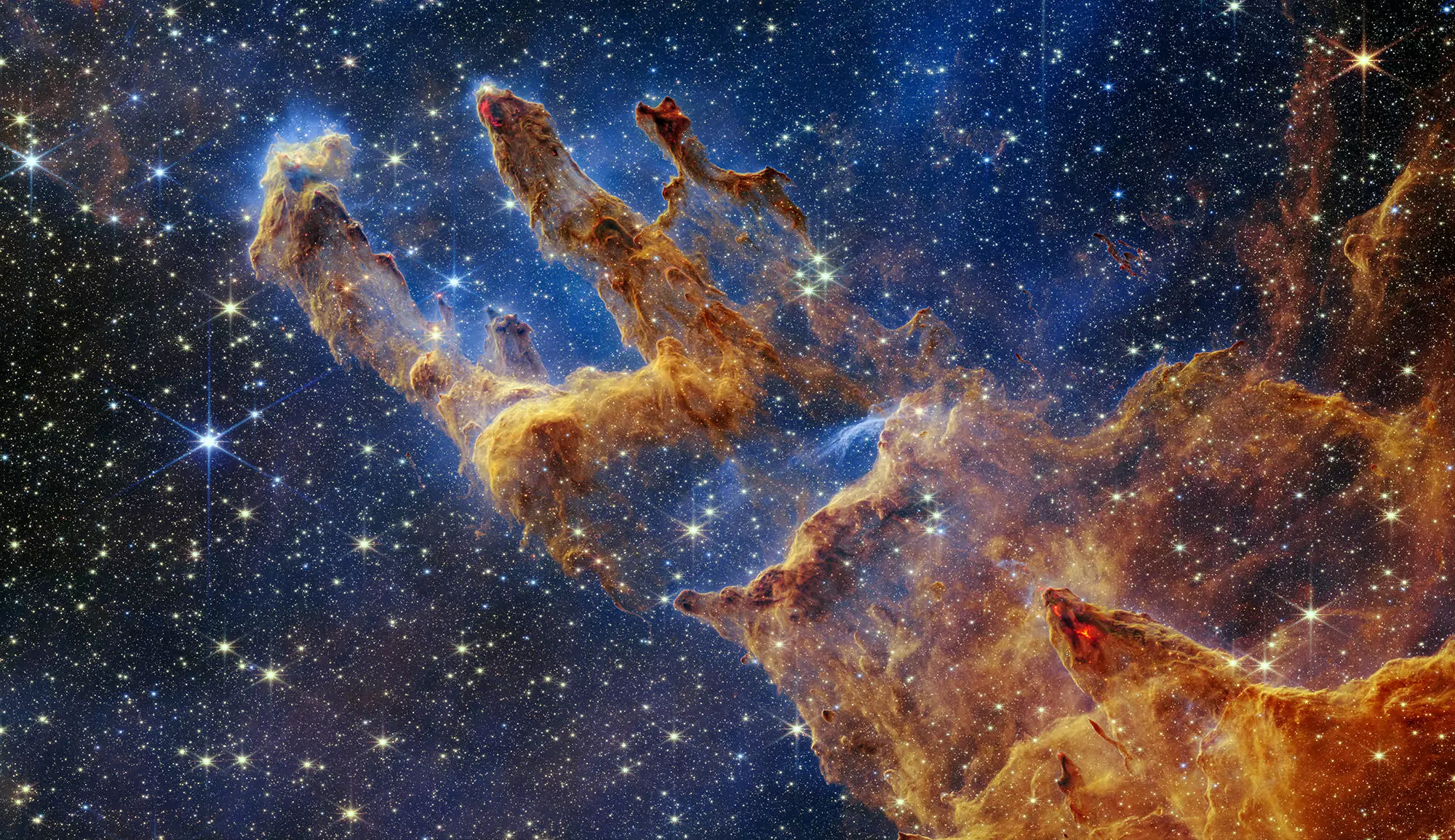An international team of astronomers, including one researcher from Paris Observatory, recently obtained unique infrared spectra of the dust in the innermost regions of proto-planetary disks around 3 young stars, with the instrument MIDI, at the ESO-VLTI interferometer. The spectra obtained from the circumstellar disks of three Herbig Ae/Be stars, young stars still shining out of the interstellar cloud in which they formed, suggest that silicates crystallize relatively early, before any terrestrial planets are formed. This is consistent with the finding that primitive bodies such as comets are also rich in crystalline silicates.
The interferometer MIDI of the VLTI observed three stars surrounded of protoplanetary discs0000 between 7.5 and 13.5 microns. Using a base of 103 m separating two unit telescopes of 8.2 m of the VLT, MIDI could reach a spatial resolution of 20 milli-arcseconds (10-7 radians) translating, at the distance of these objects, to a linear resolution from 1 to 2 AU (Astronomical Unit, average distance Earth - Sun). These observations allow for the first time to study the characteristics of the dust from protoplanetary discs at distances where terrestrial planets form. The spectrum of the internal regions (1 - 2 AU) of the discs is deduced from the analysis of the interference fringes from MIDI. The spectrum of the external areas, which are completely resolved by MIDI, is obtained by difference with the total spectrum produced by traditional spectroscopic observations.
The observations available until now were dominated by the external areas of the discs and revealed a composition rich in amorphous silica dust. The high space resolution of MIDI clearly highlights a difference in composition between the internal and external parts of the discs. For the three objects observed, the internal areas contain crystalline silicates mainly as shown for example by the comparison of the spectrum obtained for HD 142527. The external areas, on the other hand, contain mainly amorphous silicates. For the three objects observed, crystalline dust has a composition very close to those of comets of our solar system.
The flux levels are scaled such that the sum of the inner- and outer-disk spectrum, that is, the total-disk spectrum, is normalized to unity. This allows the relative contributions of the inner and outer disk to the total spectrum to be estimated easily from this figure. The uncertainties in the spectra are indicated by the error bars in the lower left corner of each graph. The differences in shape between the inner- and outer-disk spectra are clearly visible in all three sources, indicating a difference in dust mineralogy. The broadening of the feature as seen in the inner-disk spectra indicates grain growth, whereas the resonance at 11.3 microns indicates the presence of crystalline silicates. Also shown are the best-fit model spectra for the inner- and outer-disk regions (red lines). The model spectra reproduce the observed spectral shapes, although the fits to the inner disk spectra are less good than the fits to the outer-disk spectra. These spectra are however very similar to those from Halley’s comet (HD 163296), Levy’s comet (HD 144432) and Hale-Bopp’s one (HD 142527) which are composed of cristalline materials.
Interstellar dust from which the protoplanetary discs are formed is primarily of amorphous nature. During the process of planet formation, submicronic aggregates of grains grow and form the planetesimals which in turn by collisions will form planets. The three objects observed have discs of less than three million years, which shows that the process to form crystalline silicates is effective and fast and probably intervenes before the formation of planetesimals in the internal parts of the protoplanetary discs. It is thus the signature of the primordial elementary blocks of the planets which was detected. The external parts of the discs contain a larger fraction of crystalline silicates than the interstellar medium. These silicates had to be produced in the disc and transport phenomena from the central reservoir discovered here can explain this surabundance, as well as the crystalline composition of comets, however formed in the external parts of the discs, as in the case of the solar system. These results are a first step in studying processes of dust transformation leading to the creation of planets. The future interferometric instruments which will provide images to very high angular resolution in mid-infrared will allow their direct study.

